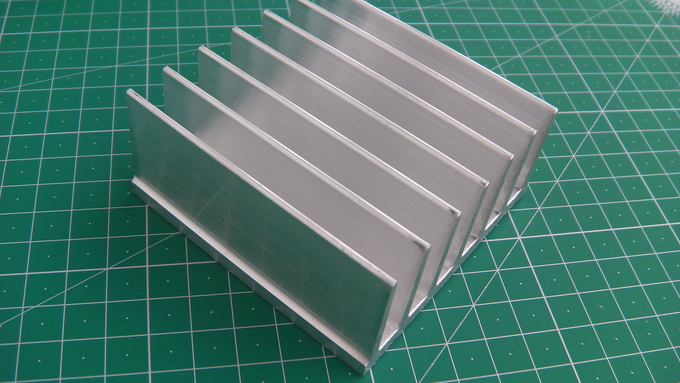Why does the residue of electricity make LEDs glow and not other bulbs?
The first two points have already been described in the earlier sections. Voltage fluctuations in the mains provide can be answerable for LED lamps flickering only generally. Another major purpose why LED strip lights start to blink is continuous usage. It can significantly cut back the voltage the strip receives and subsequently causes flickering and dimming. Yes, LED strip lights use 75% less vitality than regular bulbs and are the most flexible lighting choices. However, sometimes you may be irritated when your LED strip lights start blinking.
Quality and upkeep are the foundation of flicker-free LED lighting. Ensuring top-notch manufacturing requirements and rigorous high quality control measures is crucial to get rid of flicker-inducing defects. Equally important is the continuing upkeep of LED fixtures, which prevents flicker from developing over time due to put on and tear, making certain a consistently nice lighting expertise. A prevalent cause of LED mild flickering is utilizing subpar or inferior-quality LED bulbs. These lower-quality bulbs typically undergo from manufacturing defects or make the most of cheaper components, resulting in inconsistent performance.
To stop excessive warmth in LED fixtures, begin by selecting fixtures with good thermal management options, such as quality warmth sinks and enough air flow. Ensure that LEDs are utilized in open areas where air can flow into freely, or if they have to be enclosed, ensure there might be enough ventilation. Stick to the manufacturer’s suggestions relating to power levels to keep away from overloading the LEDs. Finally, investing in high-quality fixtures and components may help manage heat better and lengthen the lifetime of your LED lights.

 Cómo elegir la bombilla LED correcta para cada necesidad
Cómo elegir la bombilla LED correcta para cada necesidad Los LEDS pueden llegar a ser hasta un 80% mucho más eficaces energéticamente que las bombillas incandescentes, y hasta un 50% más eficientes que las lámparas fluorescentes. En Tecnología, la cantidad de vatios que equivalen a 60 LED cambia en dependencia del tipo de LED y su eficacia energética. Los LED (diodos emisores de luz) son conocidos por ser mucho más eficaces en términos de consumo de energía en comparación con otras tecnologías de iluminación. Como he explicado, las bombillas LED son un género de lámparas formadas por varios diodos conectados en serie para ofrecer la luz.
¿Qué tan brillante es la Luz LED de 15 W?
En esta guía práctica, te mostraremos de qué manera realizar estos cálculos y te ofreceremos ejemplos para que consigas aplicarlos en tus proyectos de iluminación. La capacidad de una lámpara LED puede cambiar según el modelo y el fabricante. Se tienen la posibilidad de encontrar bombillas LED con potencias que van desde 1W hasta más de 100W, dependiendo de la app específica. La equivalencia de 60W en LED puede variar dependiendo del tipo y la eficiencia lâmpada De led potente 500w la bombilla LED. Como referencia general, se estima que una lámpara LED de aproximadamente 8-12W puede ser equivalente a una bombilla incandescente de 60W. Las bombillas de bajo consumo tienen un gasto energético algo superior al de las lámparas LED.
Tabla de equivalencia de los vatios de luces LED e incandescentes
Por otro lado, la diferencia en lúmenes que proporciona cada lámpara LED responde al grosor de la capa de fósforo que recubre el chip o diodo emisor de luz. En el momento en que la capa de fósforo es gruesa (de color amarillo ocre) la lámpara emite luz cálida, mientras que cuando la cubierta es más delgada (de color amarillo claro), emite entonces luz fría. Es esencial tomar en consideración que estas equivalencias son aproximadas y tienen la posibilidad de cambiar tenuemente según la marca y el modelo de las lámparas LED. Además de esto, es conveniente revisar las informaciones técnicas de cada lámpara antes de efectuar la adquisición para asegurarse de que cumpla con las pretensiones concretas de cada espacio. Es importante tomar en consideración que la salida de luz del LED también puede verse afectada por otros factores, como el ángulo del haz y el tono de la temperatura.
Sodio VS LED: ¿Mejor Led o Sodio? Respuestas Completas
Para esto debemos tener en cuenta diferentes aspectos como la potencia en lúmenes reales, el ángulo de apertura, temperatura de la luz y la instalación que tengamos en el hogar. Dentro del mercado de la iluminación, los tipos de lámparas que gozan hoy en día de mejor popularidad son las lámparas LED. Son modelos considerados de bajo consumo pero que basan su desempeño en la inclusión de diodos transmisores de luz en vez de ser fluorescentes sólidos como las actuales. El factor que se emplea para medir la cantidad de luz real emitida por una fuente de luz es el lumen (lm).












